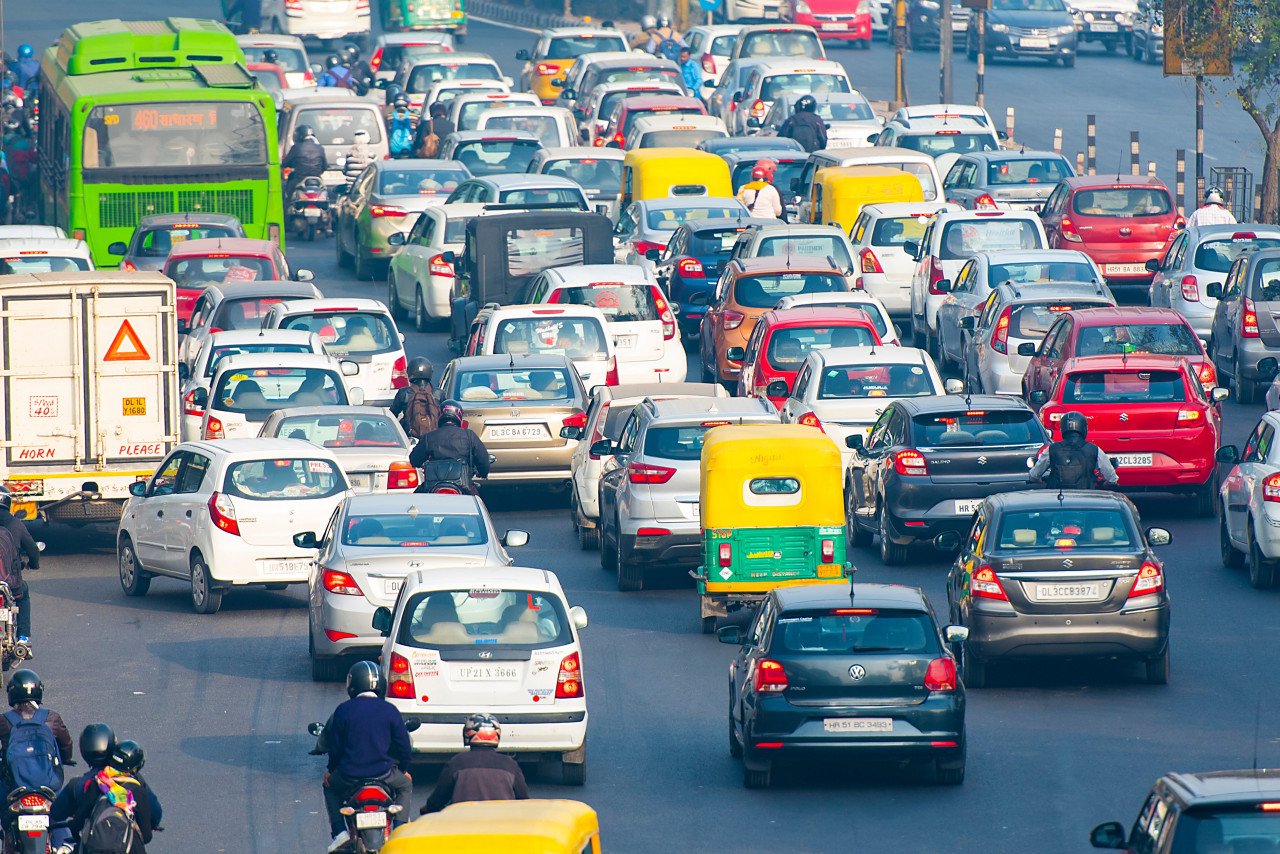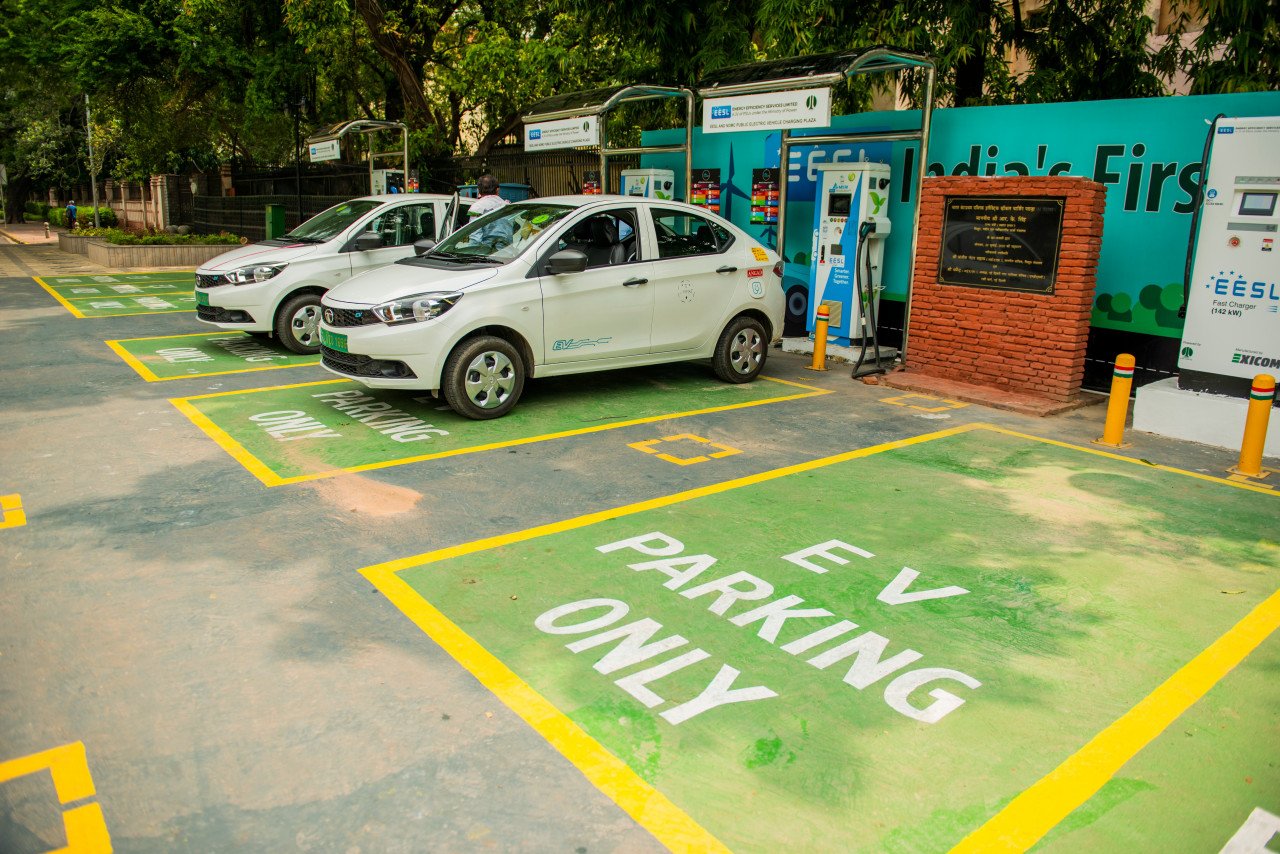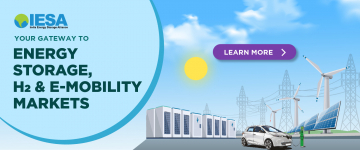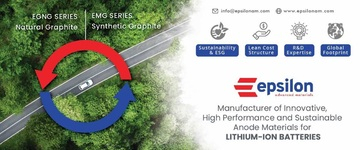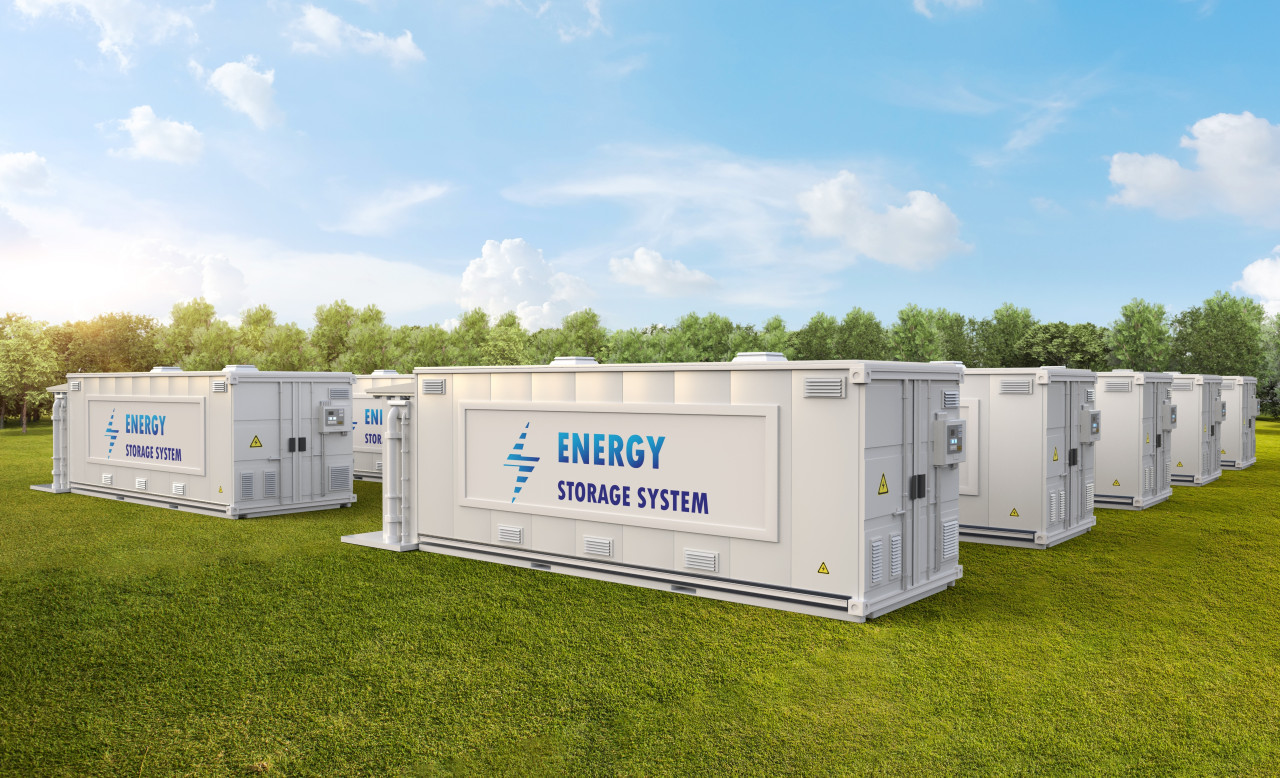Indian EV market to reach annual sales of 17 million units by 2030: IESA Report
India's electric vehicle market has witnessed one of the quickest recoveries from the pandemic-induced slowdown and is predicted to expand at a CAGR of 49% between 2021-30, reaching annual sales of 17 million units by 2030, suggests the latest EV report released by India Energy Storage Alliance (IESA).
IESA, the leading industry alliance focused of advancing energy storage, e-mobility, and green hydrogen technologies in India released the "2021 India Electric Vehicle and Component Market Overview Report 2021-2030".
According to the report, India has been one of the quickest markets to bounce back from the pandemic-induced slowdown in 2020. It highlights that e-2Ws (50% market share), followed by the low-speed e-3Ws, accounted for most of the 4,67,000+ annual EV sales in India in the year 2021. In addition, other EV segments also showed a notable increase over the course of the year.
The report provides three distinct market projection scenarios for the ensuing decade. In the business as usual (BAU) scenario, it projects, that the Indian EV market would expand at a CAGR of 49% between 2021 and 2030 and is predicted to reach annual sales of 17 million units by that time, with almost 15 million those projected to be e-2Ws. Between 2021-30, the yearly battery demand is anticipated to increase at a CAGR of 41%, reaching 142 GWh.
The report highlights that the Indian EV market will grow quickly after 2024–2025 as the initial costs of EVs will be comparable to those of ICE vehicles on account of falling battery prices, advancements in EV technology, domestic production, and economies of scale.
While lead-acid batteries continued to dominate the Indian EV ecosystem as of 2021, accounting for 81% of the market, their high demand was largely attributed to the e-rickshaws segment. However, the report notes, that the market share of lithium-ion batteries has been steadily growing with the demand for these batteries exceeding the 1 GWh threshold for the first time in the year 2021. The report also highlights that among lithium-ion chemistries, Lithium Iron Phosphate (LFP) is sought by e-3Ws and e-4Ws segment, whereas Nickel Manganese Cobalt (NMC) is the preferred option for e-2Ws and e-buses.
The report attributes the growth of the EV market in India to supportive government initiatives (FAME I and FAME II), favorable State EV policies, and other directives/regulations issued by the Central government for time-to-time to eliminate any barriers to EV market growth. Additionally, for securing supply, the Government has also introduced numerous PLI programs, including PLI for advanced chemistry cell (ACC) battery storage, automobiles and auto components, and semi-conductors, alongside working on increasing demand. Local manufacturers are also being protected through the imposition of basic customs duty on imports in accordance with the Phased Manufacturing Programme (PMP) for EVs.
The report adds the main factors propelling the EV market's expansion in the current decade will be:
rising consumer awareness, rising fuel prices; commitments from fleet aggregators and corporations, entry of new players, advancements in EV technology, continued subsidy support from both the Central and State governments; and anticipated implementation of strict emission standards (CAFÉ norms from 2022).
The report examines revenue (INR crore) and growth potential of India's EV market (in GWh), and current market trends including predictions for EVs as well as the need for EV batteries by various EV segments. Other key pointers covered in the report include:
- Sales trend and market overview by segments
- Battery demand analysis by segments
- Market share analysis of OEMs across segments
- Battery Technology share analysis across segments
- Model wise-battery pack size and chemistry across segments
- Lithium-ion battery supply chain in India for EVs
- Battery pack price trend forecast
- Central and State EV policies
- Auto Ancillary Market Overview
- Developing Motor and Controller Supply Chain in India
- Key players across BMS, Motor, and Controllers in India
- Industry readiness in terms of localization
- EV Market Forecast in terms of Unit sales across segments between 2022-2030
- Battery Demand Forecast in terms of MWh across segments between 2022-2030
- Battery Market Opportunity in terms of INR Crore and Million $
To learn more about "2021 India Electric Vehicle and Component Market Overview Report 2021", check out IESA industry reports.


